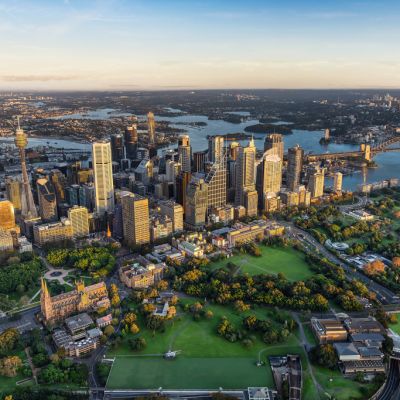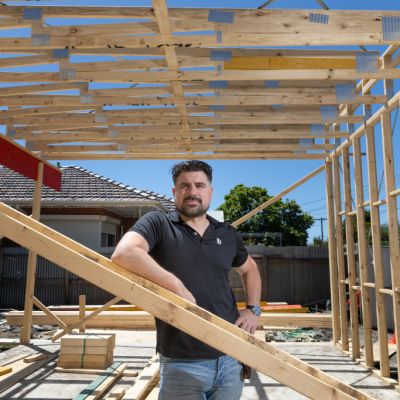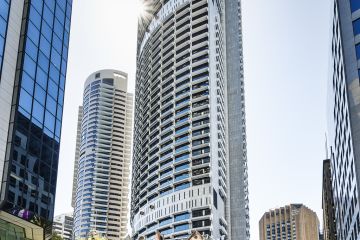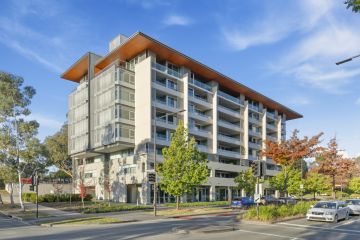Rents forecast to hit record highs in every capital city in 2026
The Domain Forecast Report , released last week, predicts that buyers will pour more money into the market than ever next year, pushing house and unit prices even higher, but the report also revealed that renters would feel the pain just as deeply.
Rents for houses and units are both tipped to reach record highs in every city.
Sydney, Melbourne and Canberra will lead the charge with median house weekly asking rents of $815, $595 and $725, respectively.
This is on top of the relentless increases since the pandemic, which have added as much as $300 a week to tenants’ bills in some cities.
Domain senior economist Dr Joel Bowman says rents will increase at a similar pace in 2026 compared to 2025, driven by low vacancy rates and rising household costs.
He adds that, towards the end of the year, this trend may be counterbalanced by a rise in vacancy rates as population growth slows and the rate of new housing completions increases.
| Capital City | Annual change | Median weekly asking rent |
| Sydney | 4% | $815 |
| Melbourne | 2% | $595 |
| Brisbane | 4% | $690 |
| Adelaide | 4% | $652 |
| Canberra | 3% | $725 |
| Perth | 4% | $731 |
| Combined capitals | 3% | $676 |
The capital cities with the highest forecast annual growth are Sydney, Brisbane, Adelaide and Perth – all with a predicted hike of 4 per cent.
The report predicts Melbourne will have the lowest increase of 2 per cent, taking the median weekly asking rent from $583 to $595.
The most significant weekly jump for tenants is in Sydney, where the median weekly rent is predicted to rise by $30 a week – or $1560 annually – from $785 to $815.
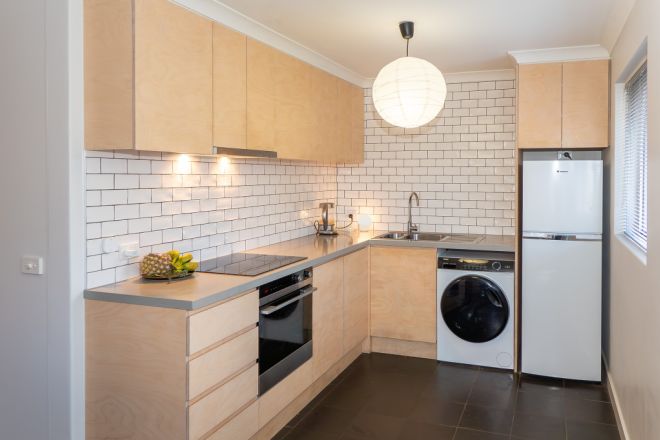
Bowman says that Sydney’s “chronic undersupply of housing” and low vacancy rates will continue to drive its rents higher than those in other cities.
Lifestyle Property Agency business development manager Dylan Henry says a combination of low vacancy rates and Sydney’s liveability is driving rent prices higher.
“There’s not a massive amount of new properties coming online,” says Henry.
“But because Sydney stands as the best city in Australia in terms of transport links, opportunity, wage and lifestyle, it will continue to attract more and more people.”
| Capital City | Annual change | Median weekly asking rent |
| Sydney | 5% | $792 |
| Melbourne | 3% | $597 |
| Brisbane | 5% | $662 |
| Adelaide | 4% | $548 |
| Canberra | 4% | $609 |
| Perth | 4% | $631 |
| Combined capitals | 4% | $682 |
The report shows that median weekly asking rents for units are expected to outpace those for houses in most capital cities as affordability pressures push more tenants toward units.
“Although affordability constraints will hopefully improve next year, it’s still going to be front of mind for a lot of buyers,” Bowman says.
“So, there will still be an increase in competition for those more affordable housing types [such as units].”
While Sydney is forecast to have the most expensive median weekly unit asking rent at $792 – a jump of $34 compared to $758 in 2025 – the median in Perth is expected to grow the most year on year, with a 1 per cent to 4 per cent climb.
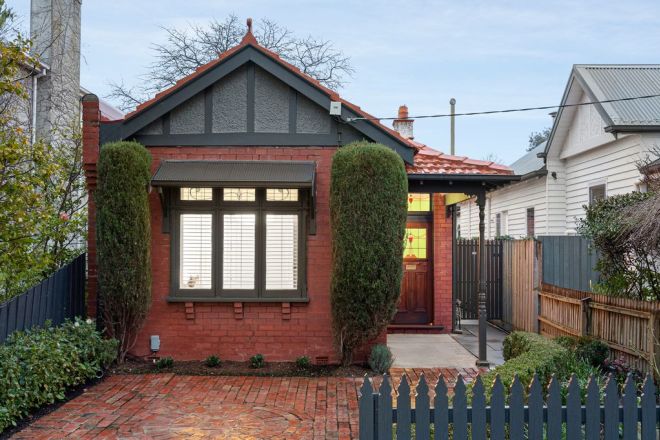
With rents continuing to surge, tenants are seeking alternate options to keep up with prices, says Kimberley Castle of AM Property Agency.
“We already see people moving out of the inner suburbs to get cheaper rent,” Castle says.
“Colleagues will often share a two-bedroom [apartment] rather than renting a one-bedroom [apartment] on their own.
“Tenants are also forgoing things like car spaces and other amenities that they may have previously spent money on.”
Since the pandemic, tenants have faced nothing but rising rents – not one capital has returned to pre-COVID levels or even come close.
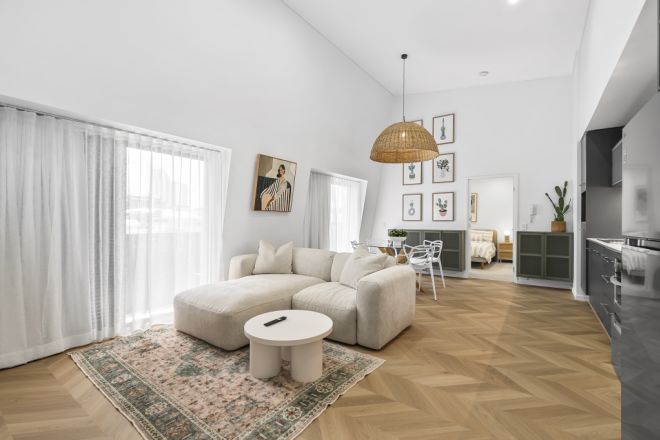
Domain data shows that since September 2020, median weekly asking rents for houses have jumped by $240 in Sydney, $250 in Brisbane, $220 in Adelaide, $250 in Darwin, and a staggering $310 in Perth.
Units aren’t far behind, with Sydney’s median unit rent up $280 over the same period.
“I don’t think that we will ever get back to that same pre-pandemic market that we had,” Castle says.
Before COVID, rents tended to hold steady or shift only marginally from quarter to quarter. But post-2020, the pattern has flipped: nearly every quarter nationwide has delivered yet another increase.
These increases are slowing down, however.
“We’re in this period of adjustment where rents have increased so much, and affordability constraints are capping the extent to which landlords can increase rents,” Bowman says.
States
Capital Cities
Capital Cities - Rentals
Popular Areas
Allhomes
More
- © 2025, CoStar Group Inc.

